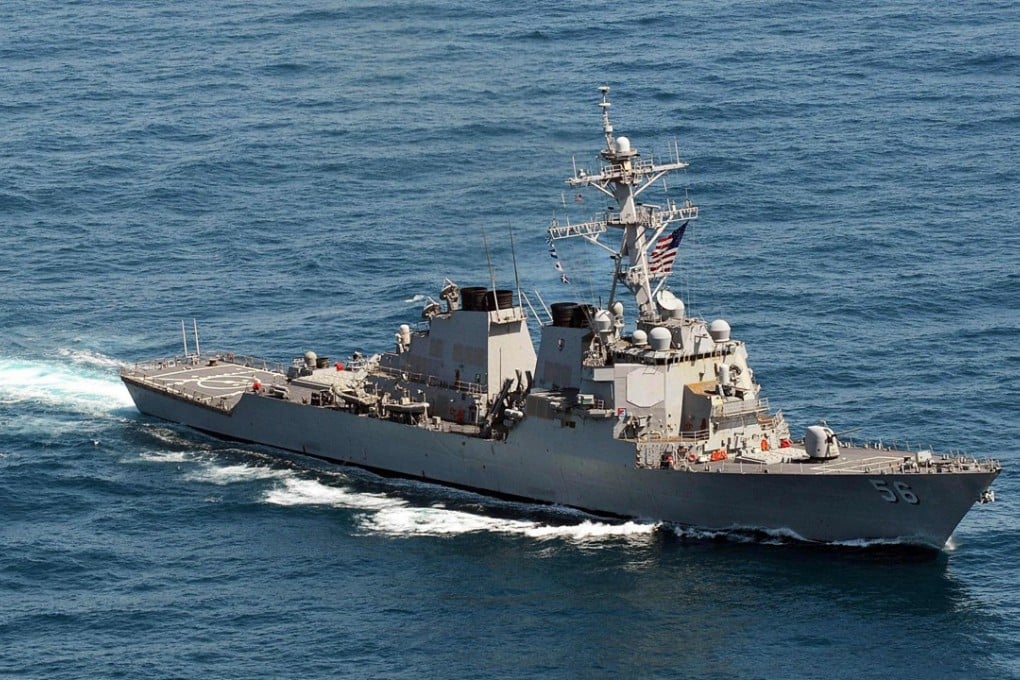China protests over US Navy patrol in contested South China Sea waters
US officials say warship’s passage challenges excessive maritime claims near the Paracel Islands

China has protested against a US Navy warship’s passage near contested islands in the South China Sea, vowing to take action to protect Beijing’s interests in the area.
The warning from Chinese foreign ministry spokeswoman Hua Chunying on Wednesday came a day after US guided-missile destroyer USS Chafee sailed within 16 nautical miles of the Paracel Islands, which are claimed by Beijing, Taipei and Hanoi.
Hua said the mission was dangerous and violated China’s sovereignty, prompting Beijing to send military vessels and fighter jets to warn off the Chafee.
“The US destroyer’s behaviour violated Chinese law and relevant international law, severely harmed China’s sovereignty and security interests, and threatened the lives of both sides’ frontline personnel,” Hua said.
She said China had lodged “stern representations” with the United States, and urged Washington to respect Beijing’s sovereignty and security interests.